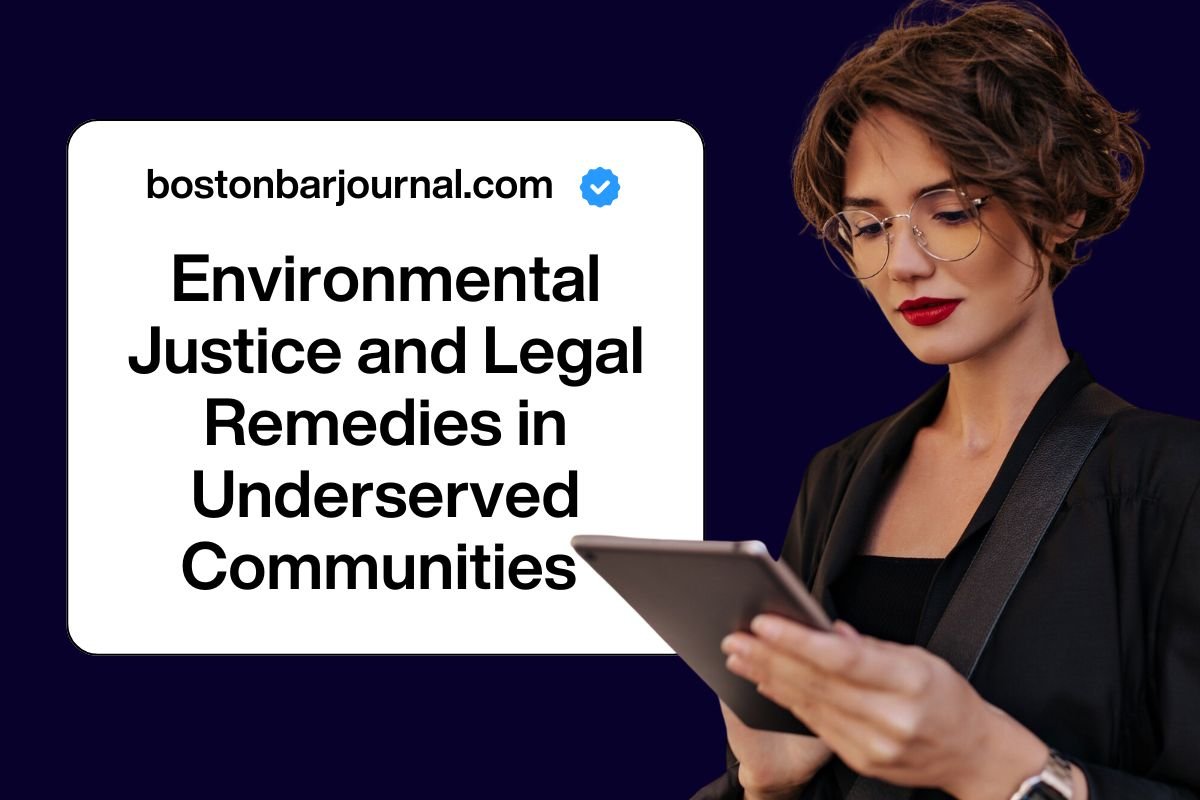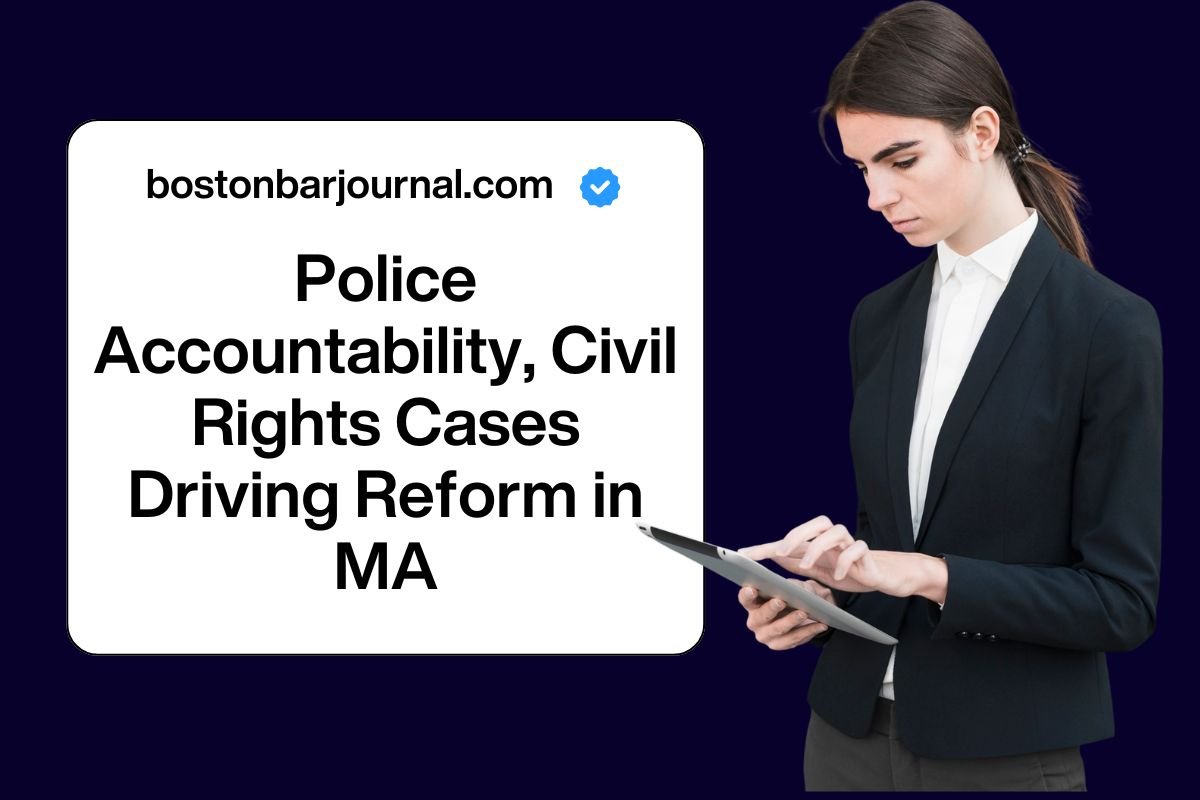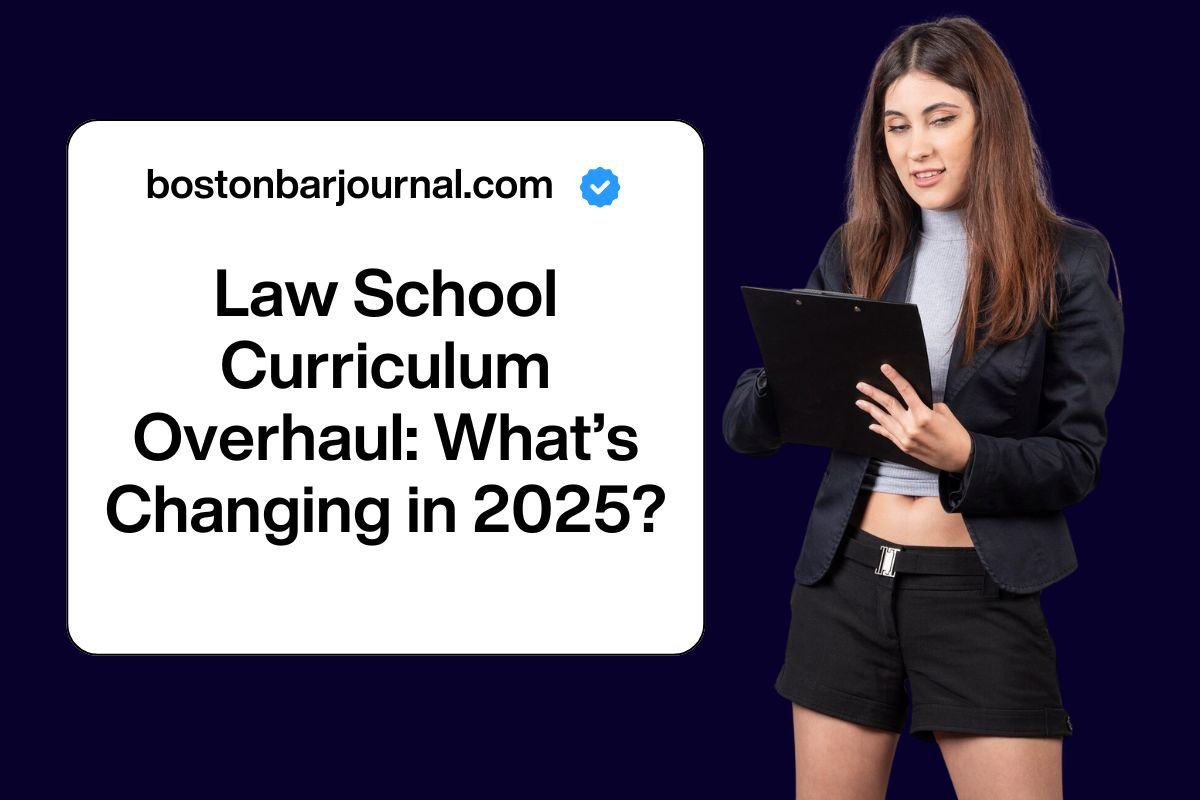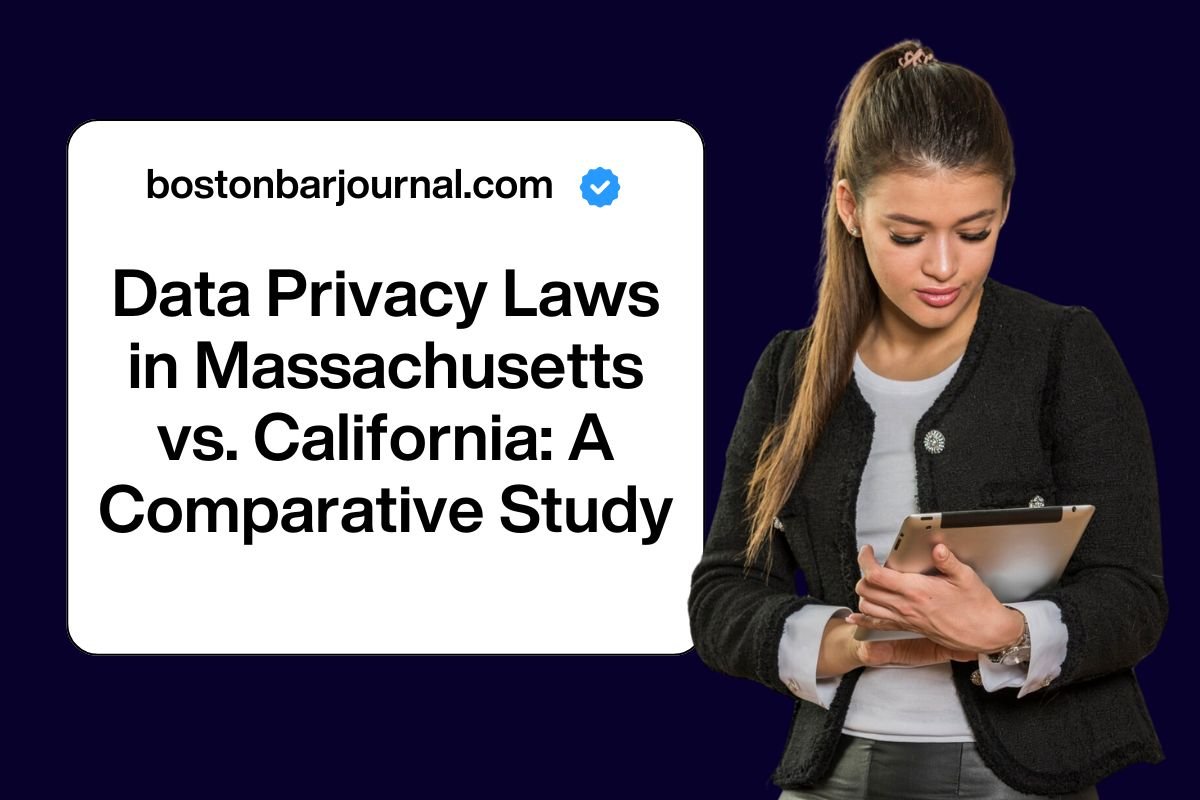Environmental justice is a significant part of the struggle to enhance and keep a fresh and healthy environment, particularly for those societies that have been forced to work, live, and play near to bases of pollution. The environmental justice movement, supported by Pacific Islanders, Asian Americans, Indigenous people, and Latines, was native on statistical facts.
Those communities that live and work in the furthermost unclean environment of America are usually people of color and those living in poverty. Because of environmental justice supporters, we now see this as environmental discrimination, and this is what groups of color have been struggling for decades.
Environmental Justice and Legal Remedies in Underserved Communities
Environmental justice mainly refers to the environment for each person in which they have the right to the identical environmental guards and welfare, as well as take an participation in the strategies that help in shaping their communities, irrespective of race, color, origin, or nationality. But rarely did this become the reality for the communities of color and people with low income.
It was happening because all the environmental injustice is formed by following similar patterns of prejudice and disparity that have persisted in the US subsequently from its establishment and endure to impact every side of our society, from education to housing and healthcare.
In US has made significant strides in incorporating environmental justice into policy. For instance, the US Environmental Protection Agency (EPA) has launched initiatives aimed at addressing the increasing impacts of environmental hazards on disadvantaged populations. Similarly, the European Union’s Green Deal highlights the necessity for a just change that leaves no community behind.
What factors contribute to the environmental injustices?
There are several factors that contribute to the environmental injustices in underserved communities:
- Unequal Access to Legal Representation
- Weak Enforcement of Environmental Laws
- Limited Access to Information and Participation
- Accumulation of Risks
- Social and Economic Inequalities
Undeserved communities in the US often experience significant environmental inequities. These communities are mainly located near polluting industries. Landfills result in higher rates of respiratory illness and other health problems.
The Role of Legal Remedies
Lawsuits are not just for corporations or government regulators. Communities are rapidly turning themselves towards courts and sometimes with legal aid groups, sometimes with ace help from environmental law clinics or non-profit firms.
In Northern California, residents of Duplin County, where industrial keep farms outnumber people, sued Smithfield Foods for polluting the air and water. They won. A jury awarded tens of millions in compensation (later reduced on appeal, but still symbolic). That case split open a larger chat about agricultural pollution and its ties to race and poverty.
In Louisiana, community groups have used the legal process to delay petrochemical extension projects, which force deeper environmental evaluations and, in some cases, secure environmental concessions or health monitoring programs.
Even when lawsuits don’t win completely, they raise visibility. They bring contaminators to the table. They shift public tales from helplessness to agency.
The Role of Legal Aid and Community Lawyering:
An aspect of environmental justice that is often overlooked is legal access. Many affected communities cannot afford private attorneys. That is why public interest law firms, legal aid, and environmental justice have become crucial.
Many groups like Earthjustice, Southern Environmental Law Center, and Natural Resources Defense Council (NRDC) have all taken on EJ cases that often in partnership with local advocates. Community lawyering, where lawyers insert themselves in exaggerated areas and help residents steer agency complaints or file public records requests, has grown, too. This shift from parachuting in experts to authorizing locals is changing how environmental justice is pursued.
Policy Wins
Legal remedies work best when paired with it is paired with the changes in policies. And in recent years, environmental justice has gained ground at the federal level. The Biden administration created the White House Environmental Justice Advisory Council, committed billions through the Justice40 Initiative, and issued executive orders directing federal agencies to prioritize EJ in decision-making.
But the implementation of the policies is low. And opponents say without implementation mechanisms or binding rules, these promises risk being symbolic. Litigation remains a pressure regulator. It keeps agencies accountable and pushes for timelines, also forcing disclosure.
What Still Needs to Happen?
For all the progress, there are major gaps:
- Lack of standing: Many EJ cases get thrown out on technicalities, plaintiffs can’t prove direct harm, or courts defer to agency discretion.
- Cumulative impacts: Most laws still assess pollution source-by-source, ignoring how multiple pollutants affect communities over time.
- Enforcement disparities: Violations in wealthier, whiter neighborhoods are resolved faster, with stiffer penalties.
To fix that, advocates are pushing for:
- A federal EJ law with teeth, something akin to the Clean Air Act, but focused on equity.
- Stronger public participation rules in permitting.
- Transparent environmental data accessible to all.
- Expanded funding for EJ legal services.
Final Thoughts
Legal remedies can’t solve everything. The courtroom is slow, and the law isn’t always built for the people most obstructed. But in underserved communities where environmental harm is both long-lasting and ignored in that situation the law can be a weapon of resilience. Whether it’s a lawsuit delaying a toxic plant, a policy shaped by community input, or a lawyer helping residents draft a public comment, the shift is real. Environmental justice is no longer a side note.
FAQs
Why are undeserved communities disproportionately affected?
Historically marginalized communities often exist near polluting industries due to biased practices like a lack the political power to oppose such development. They also face limited resources for adaptation and recovery.
What role do government organizations play?
Government organizations create and impose environmental laws, including conducting assessments of the impact of Environmental issues, monitoring compliance, and facilitating public participation in the process of decision-making, thereby guarding the environment and public health.
What are the challenges faced by environmental justice attorneys?
Challenges include limited resources, resistance from influential interests, the difficulty of environmental issues, and balancing short-term needs with long-term goals.







